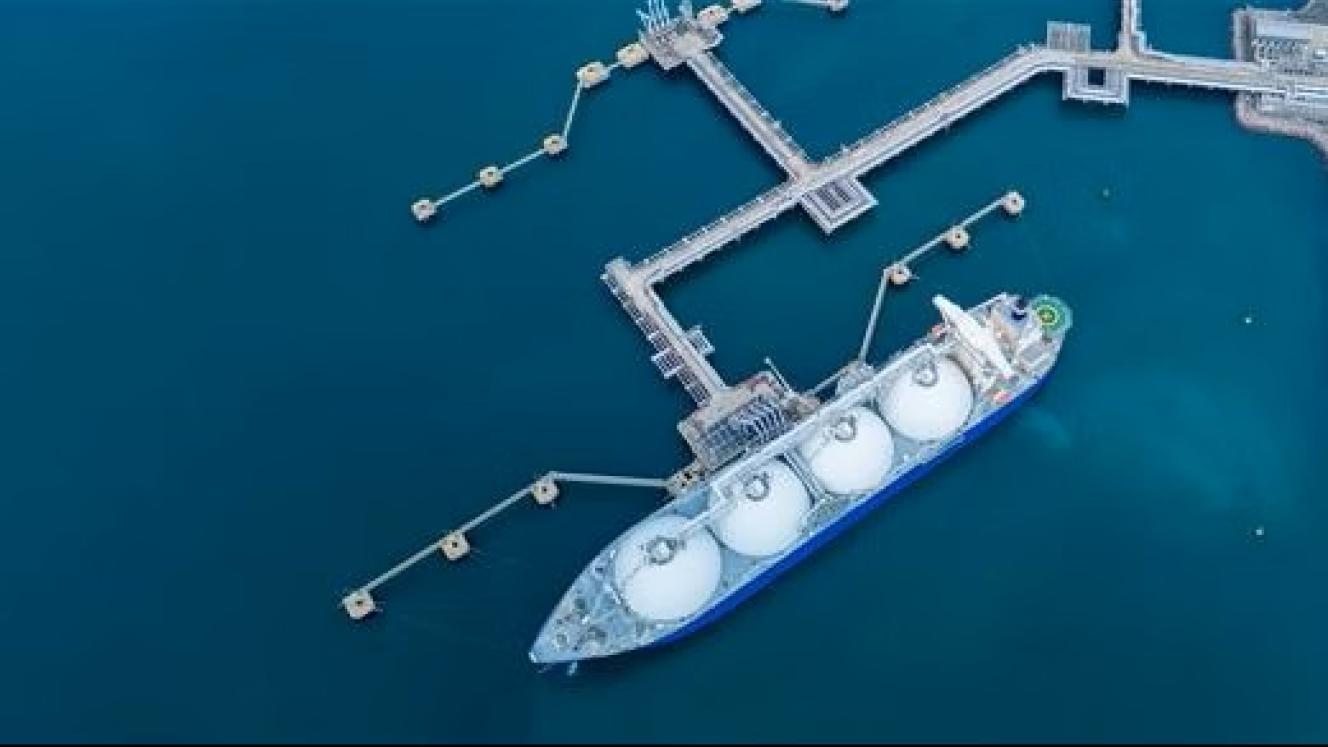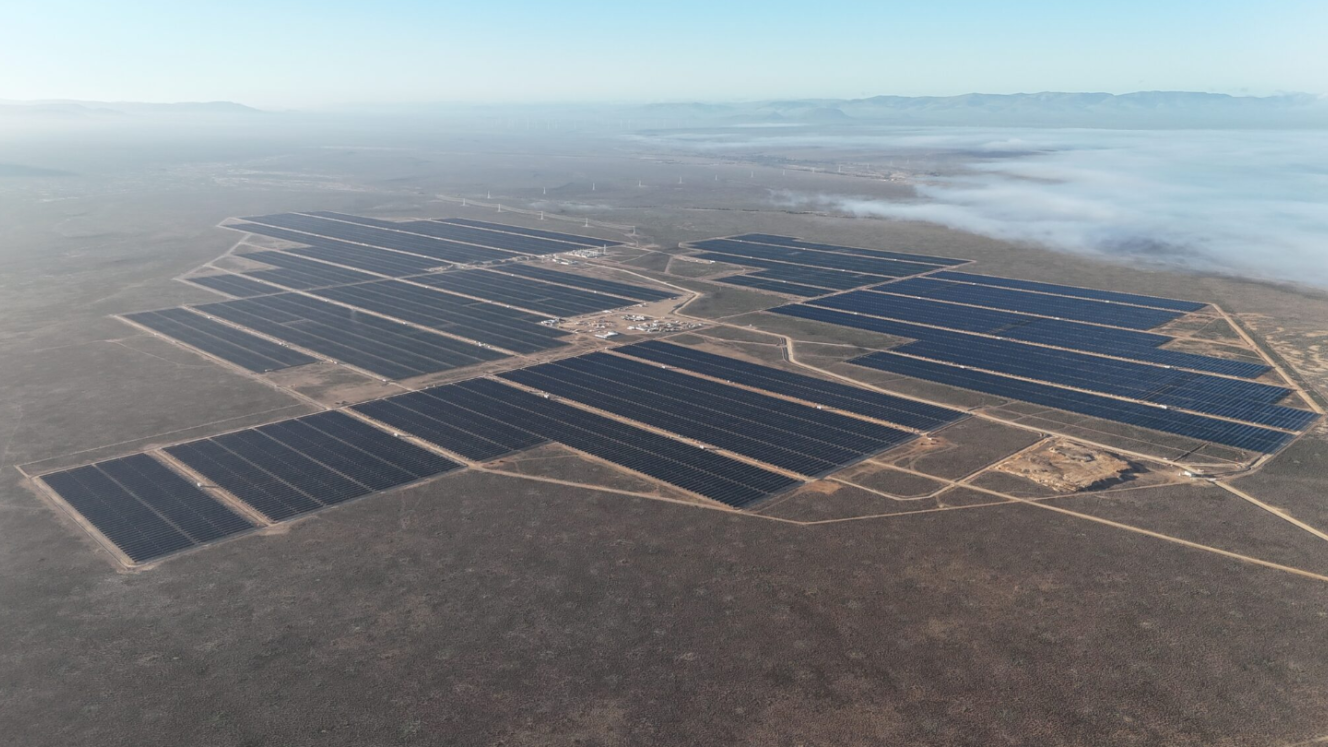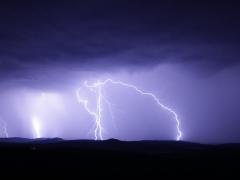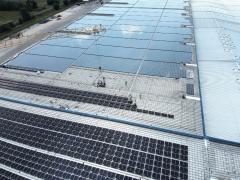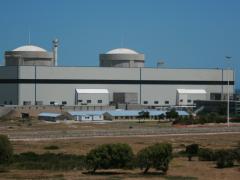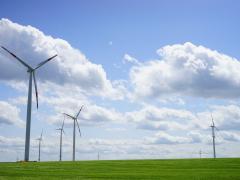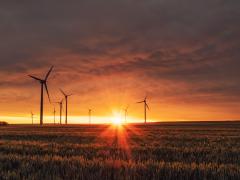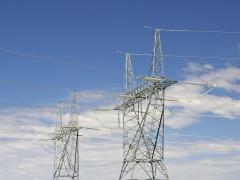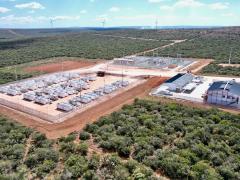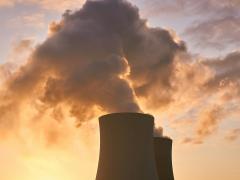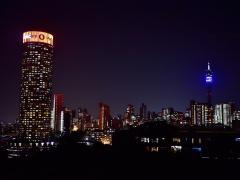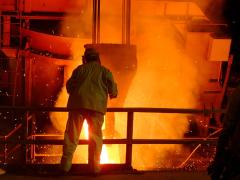The International Energy Agency (IEA) estimates that greenhouse gas emissions from the global liquefied natural gas (LNG) supply chain total around 350 million tonnes of CO2 equivalent annually with approximately 70% of emissions in the form of CO2 and the remaining 30% as methane.
In a new report released this month, Assessing emissions from LNG supply and abatement options, the IEA analyses emissions from upstream production, processing, liquefaction, shipping and regasification. The agency reports that the average emissions intensity of delivered LNG is just under 20 g CO2 equivalent per MJ compared to 12 g CO2/MJ for natural gas supply overall.
More than 99% of LNG consumed globally in 2024 had lower life cycle emissions than coal with LNG averaging 25% lower emissions than coal on a global basis, the report says. However, the report warns that “comparing LNG only to coal sets the bar too low” and highlights multiple pathways for further reductions.
The IEA finds that current technologies could cut LNG supply chain emissions by over 60%. Reducing methane leaks alone could lower emissions by nearly 90 Mt CO2 equivalent annually with half of that achievable at no net cost. Additional abatement opportunities include reducing flaring, improving process efficiency, deploying carbon capture and storage at liquefaction plants, and electrifying upstream facilities using low-emissions power sources.
